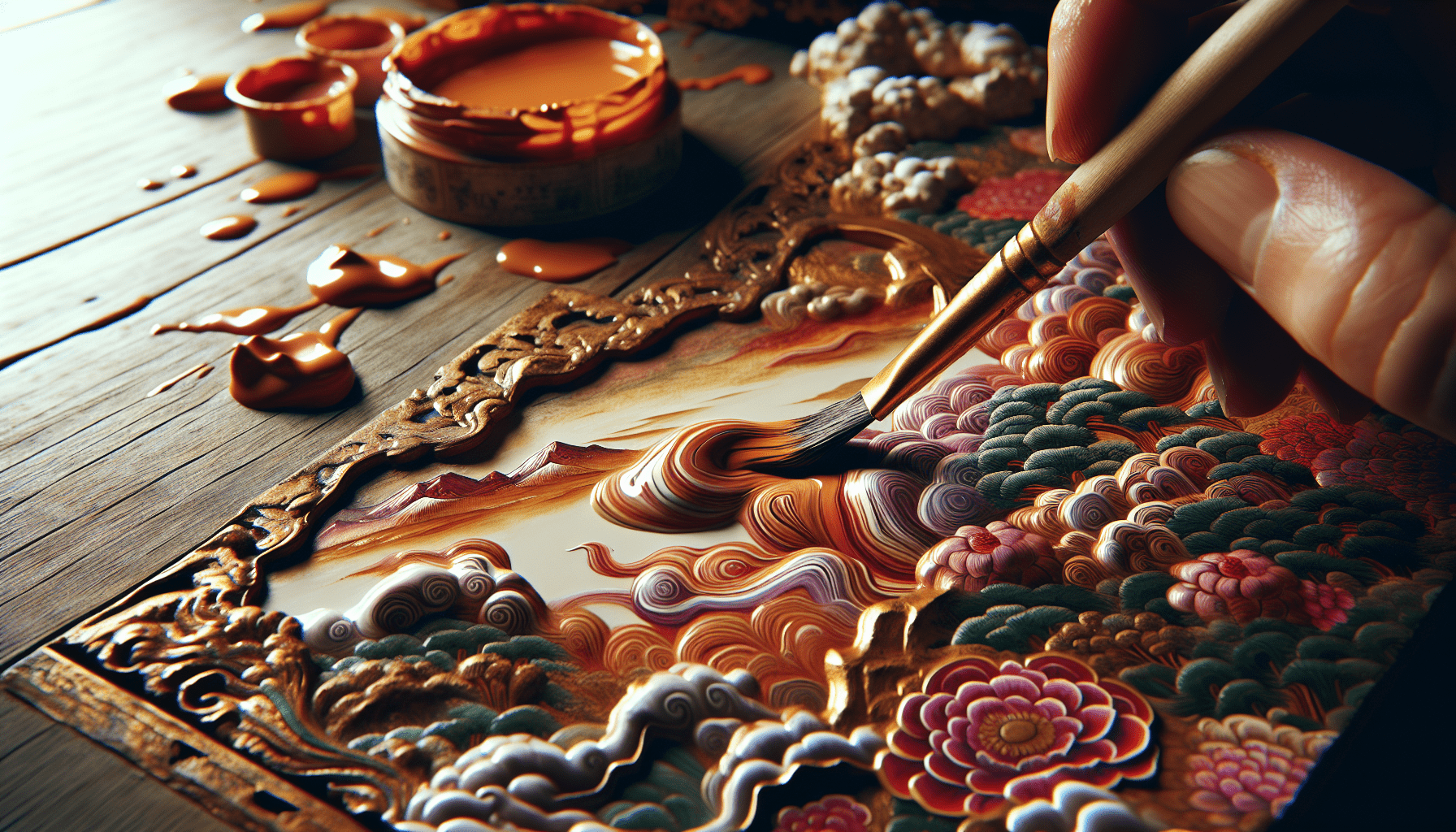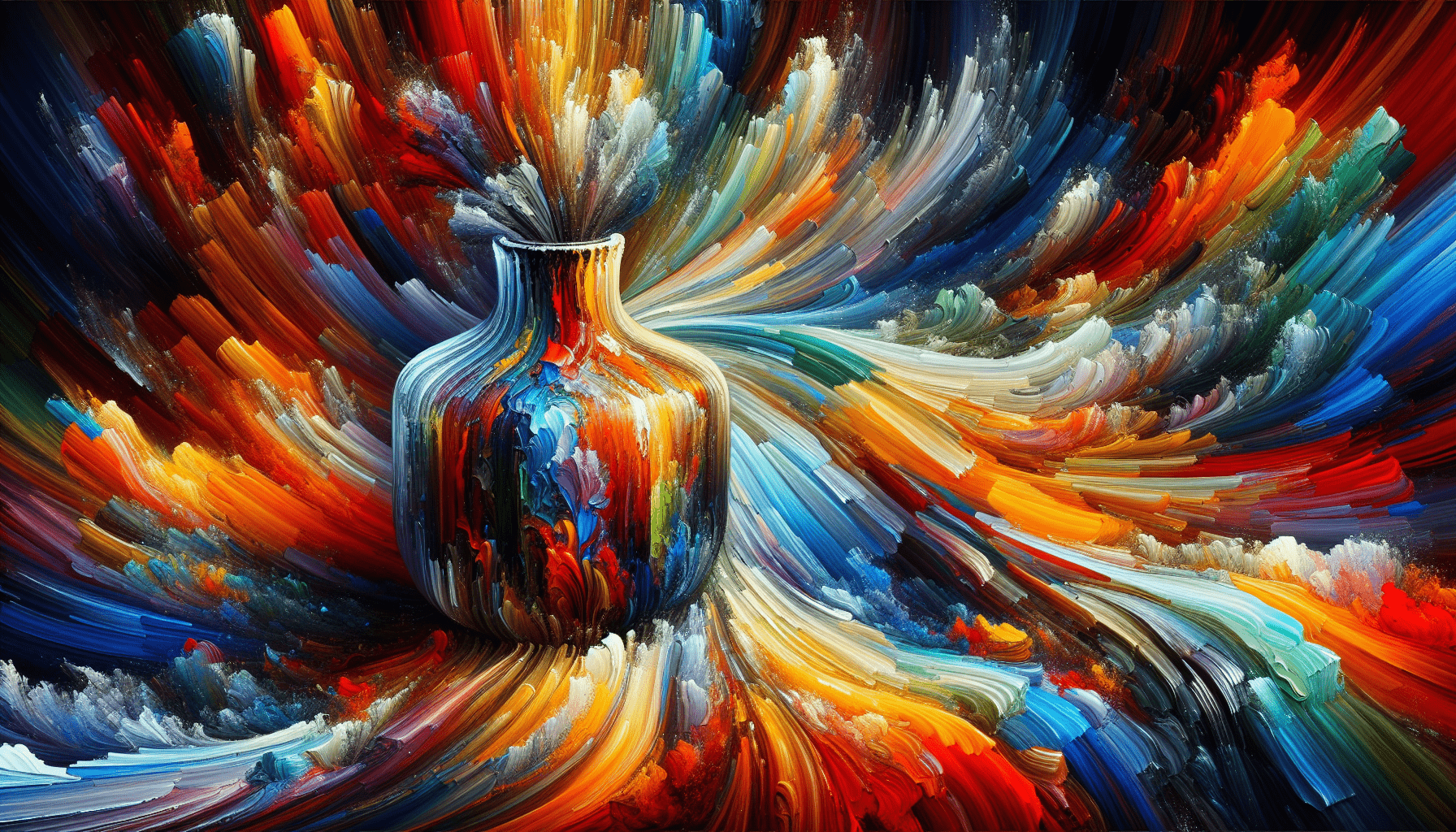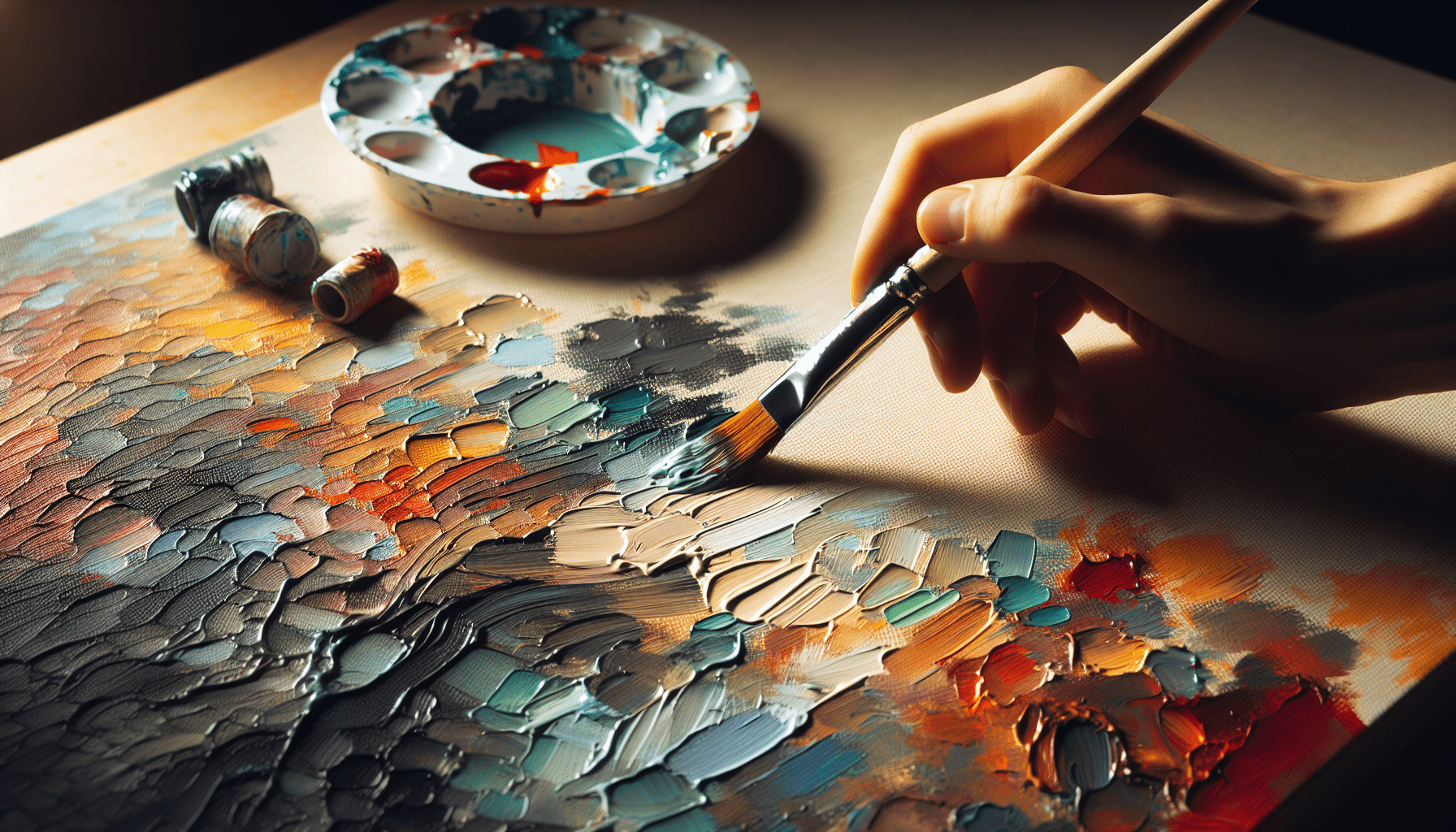Tempera paintings, a unique and captivating form of art, are renowned for their distinct characteristics and remarkable beauty. From their exquisite pigmentation to their exceptional durability, these works of art have entranced art enthusiasts for centuries. Distinguished by the use of egg yolk mixed with pigments, tempera paintings offer a range of intense and vibrant colors that captivate the eye. Additionally, their smooth and delicate textures, achieved through meticulous layering and blending, create a sense of depth and realism that is both awe-inspiring and intricate. As we explore the world of tempera paintings, we uncover the defining features that make them a timeless and cherished art form.
Introduction to Tempera Paintings
Tempera paintings, also known as egg tempera, are a traditional painting medium that has been used for centuries. This technique involves mixing pigments with a water-soluble binder, such as egg yolk or gum Arabic, to create a smooth and durable paint. Tempera paintings have a distinct appearance, characterized by their opaque layers and vibrant colors.
Definition of Tempera Paintings
Tempera paintings refer to artworks created using the tempera technique, which involves mixing pigments with a water-soluble binder. The term “tempera” comes from the Latin word “temperare,” meaning “to mix,” highlighting the process of blending pigments with a binder. This technique has been widely practiced since ancient times and continues to be used by artists today.
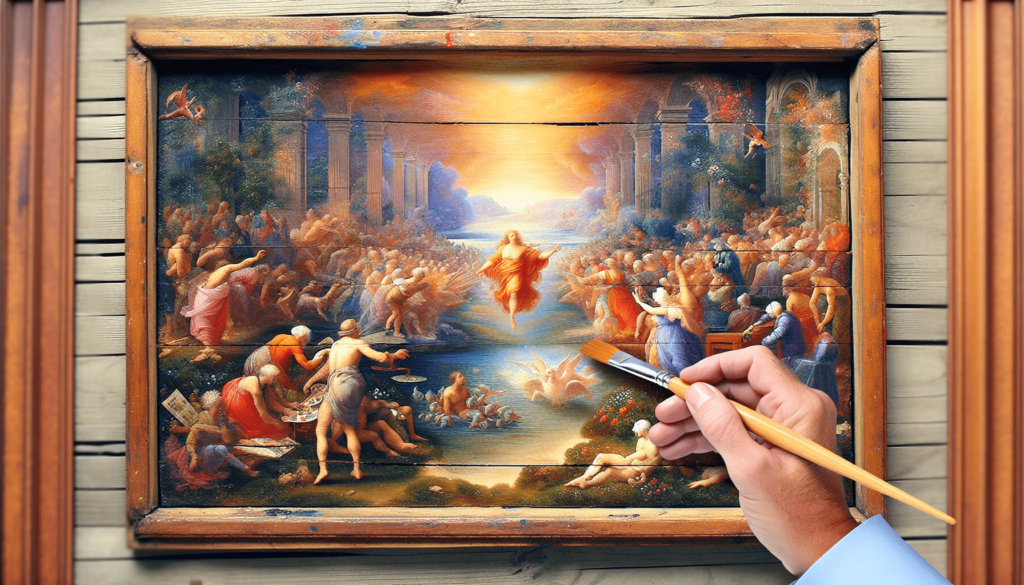
History of Tempera Paintings
Tempera paintings have a long history, dating back to ancient Egypt and Greece. The Egyptians used tempera for their intricate wall paintings, while the Greeks employed it in their frescoes and panel paintings. During the medieval period, tempera became the primary medium for religious art, thanks to its ability to convey intricate details and vibrant colors. Even during the Renaissance, when oil painting gained popularity, tempera continued to be widely used by artists, including renowned figures such as Giotto di Bondone and Sandro Botticelli.
Types of Tempera Paintings
Traditional Tempera Paintings
Traditional tempera paintings are characterized by their adherence to age-old techniques and materials. These artworks often feature religious or historical subjects, created with delicate brushwork and meticulous detailing. Traditional tempera paintings use organic pigments mixed with egg yolk to create a durable and luminous paint. The technique requires careful layering and precise application, resulting in a smooth and vibrant finished piece.
Modern Tempera Paintings
In modern tempera paintings, artists have adapted and innovated the traditional techniques to suit their contemporary vision. While still utilizing water-soluble binders, artists now experiment with a wider range of pigments and additives, breaking away from the traditional limitations. Modern tempera paintings can encompass a variety of subject matters and styles, from abstract and experimental works to hyperrealistic pieces. These artworks often demonstrate the artist’s skill in manipulating the medium to achieve their desired effect.
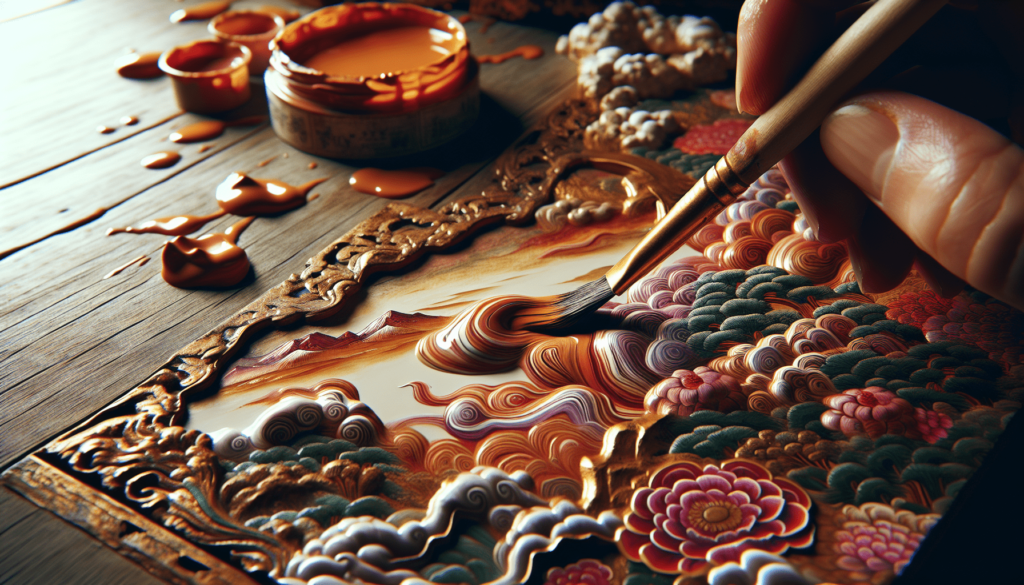
Characteristics of Tempera Paintings
Medium and Composition
Tempera paintings are made using a mixture of dry pigments and a water-soluble binder, traditionally egg yolk. The dry pigments are ground and mixed with the binder until a smooth and creamy consistency is achieved. This mixture is then applied to a prepared surface, such as wood or canvas. The water in the binder evaporates as the paint dries, leaving behind a durable and long-lasting layer of color.
Brushwork and Techniques
Brushwork plays a crucial role in tempera paintings, with artists employing various techniques to create different effects. Thin, controlled brushstrokes are commonly used to achieve precise detailing and intricate patterns. Artists may also employ cross-hatching or stippling techniques to create texture and depth. The layered application of paint allows for smooth gradations of color and subtle transitions between hues.
Color and Pigments
Tempera paintings are known for their vibrant and intense colors. Artists have a wide range of pigments to choose from, including both natural and synthetic options. Traditionally, organic pigments derived from plants, minerals, and even insects were used. However, modern tempera artists have access to a broader palette of pigments, including synthetic alternatives. The pigments are carefully mixed with the binder to create rich and saturated hues.
Texture and Surface
The texture and surface of tempera paintings can vary depending on the artist’s technique and chosen support. When applied thinly, tempera paint can produce a smooth and almost enamel-like surface. However, artists can also build up layers of paint to create texture and depth, resulting in a more textured finish. The choice of support, whether it be wood, canvas, or even paper, can also influence the texture and appearance of a tempera painting.
Opacity and Layering
One of the unique characteristics of tempera paintings is their opacity and layering abilities. The water-soluble binder allows for the creation of opaque layers of paint, which can be overlaid to achieve depth and richness in color. Artists can apply multiple layers of paint, utilizing both translucent and opaque pigments, to create intricate details and luminosity. This layering technique allows for subtle color variations and tonal values within a single artwork.
Famous Artists Known for Tempera Paintings
Giotto di Bondone
Giotto di Bondone, an Italian painter of the 14th century, is renowned for his mastery of tempera painting. His frescoes in the Scrovegni Chapel in Padua exemplify the richness and precision achievable through the medium. Giotto’s tempera paintings showcase his ability to portray human emotions and spatial depth, which had a significant impact on the development of Renaissance art.
Sandro Botticelli
Sandro Botticelli, an Italian painter of the early Renaissance, is well-known for his tempera paintings characterized by their delicate beauty and grace. His iconic masterpiece, “The Birth of Venus,” is a testament to his skill in utilizing tempera to create ethereal and otherworldly imagery. Botticelli’s tempera paintings have influenced countless artists throughout history, making him one of the foremost figures associated with this technique.
Dieric Bouts
Dieric Bouts, a Flemish painter of the 15th century, was renowned for his meticulous attention to detail and realistic depictions. His tempera paintings, such as “The Last Supper” and “The Virgin and Child,” are characterized by their intricate brushwork and vibrant colors. Bouts’ works demonstrate the versatility of tempera as a medium capable of capturing minute details and evoking a sense of depth and realism.
Frida Kahlo
Frida Kahlo, a Mexican artist of the 20th century, utilized tempera in her self-portraits, creating intimate and introspective artworks. Kahlo’s tempera paintings often explored themes of identity, pain, and femininity. Her use of bold colors and expressive brushwork contrasted with the delicate nature of the medium, resulting in emotionally charged and thought-provoking pieces.
Artistic Techniques in Tempera Paintings
Sgraffito
Sgraffito is a technique commonly used in tempera painting, involving the scratching or scraping of the top layer of paint to reveal the layers beneath. By employing a sharp tool, artists create intricate patterns or textures, adding depth and visual interest to the artwork. Sgraffito is often utilized to create fine lines or delicate details, enhancing the overall composition of the painting.
Scumbling
Scumbling is a technique used to create a soft and hazy effect in tempera paintings. By applying a thin layer of opaque paint over a dry surface, artists can achieve a subtle and ethereal quality. Scumbling can be used to blend colors, create atmospheric effects, or soften harsh edges, lending a sense of depth and atmosphere to the artwork.
Glazing
Glazing is a technique where transparent or translucent layers of paint are applied over dry layers to create a luminous and glowing effect. This technique allows artists to build up color and tonal values gradually, resulting in rich and complex hues. Glazing is often used to create a sense of depth and translucency, particularly in depicting skin tones, water, or reflective surfaces.
Stippling
Stippling involves the application of tiny dots or dabs of paint to create texture, tone, or shading. By varying the size and spacing of the dots, artists can achieve a range of effects, from smooth gradients to a more pointillist style. Stippling adds a tactile quality to the paintings, enhancing the overall composition and creating visual interest within the artwork.
Advantages of Using Tempera Paints
Vibrant and Long-lasting Colors
One of the significant advantages of using tempera paints is the vibrancy and longevity of the colors. The pigments in tempera, especially when mixed with an egg yolk binder, create rich and saturated hues that remain bright over time. The permanence of the colors is due to the nature of the binder, which protects the pigments and ensures their longevity.
Quick Drying Time
Another advantage of tempera paints is their quick drying time. Unlike oil paints, which may take days or even weeks to dry, tempera paints dry relatively quickly due to the water content in the binder. This allows artists to layer colors and make adjustments without waiting for extended drying periods, making the painting process more efficient.
Ease of Handling
Tempera paints are relatively easy to handle, making them suitable for artists of all skill levels. The smooth consistency of the paint allows for precise brushwork and controlled application. Additionally, tempera paints are water-soluble, making the cleanup process simple and convenient for artists.
Versatility
Tempera paints are highly versatile, allowing artists to experiment with different techniques and effects. The ability to layer colors, create textures, and employ various brushwork techniques provides artists with a wide range of possibilities. Whether an artist wishes to achieve a realistic rendering or explore abstract concepts, tempera paints can adapt to their creative vision.
Disadvantages of Using Tempera Paints
Brittleness
One of the disadvantages of using tempera paints is their inherent brittleness when dry. Unlike oil paints, which have flexibility, tempera paintings can become fragile and prone to cracking over time. This limitation makes it crucial for artists to properly prepare the surface and handle finished artworks with care.
Limited Blending
Tempera paints have a limited blending capability compared to other painting mediums such as oils. While artists can achieve smooth transitions and subtle gradations, blending wet-on-wet can be challenging with tempera. The quick drying time and the nature of the water-soluble binder make it difficult to achieve seamless blending and soft edges.
Sensitive to Humidity
Tempera paintings are sensitive to changes in humidity, as the water content in the binder can affect the paint’s consistency and adhesion. In high-humidity environments, tempera paint may take longer to dry and become more prone to smudging or running. Conversely, in low-humidity conditions, the paint can dry too quickly, making it challenging to achieve desired effects.
Difficulty in Creating Textures
While tempera paints can be layered to create depth and texture, achieving certain textures can be more challenging compared to other painting mediums. The thin and quick-drying nature of tempera paints can make it difficult to achieve highly textured surfaces or impasto effects. Artists may need to employ alternative techniques or mediums to create specific textural elements in their paintings.
Preservation and Care of Tempera Paintings
Storage Conditions
To preserve tempera paintings, it is essential to store them in controlled environments. The artwork should be protected from extreme temperatures, high humidity, and direct sunlight. Proper framing or storing in acid-free portfolios can help protect against physical damage, while storing paintings in humidity-controlled areas can prevent cracking and paint deterioration.
Protection from Light and Heat
Tempera paintings are vulnerable to light and heat damage, which can cause fading and deterioration of the pigments. It is crucial to display tempera paintings in areas with low levels of UV light and avoid exposing them to direct sunlight. Additionally, keeping the artwork away from sources of heat or rapid temperature fluctuations helps maintain the stability of the paint layers.
Cleaning and Maintenance
Regular maintenance is necessary to ensure the longevity of tempera paintings. Dusting the artwork gently with a soft brush or cloth can help remove surface dirt and prevent a buildup of debris. However, it is important to avoid vigorous scrubbing or using harsh cleaning agents that could damage the paint layers. If restoration or cleaning is required, it is advisable to seek professional conservators experienced in handling tempera paintings.
Influence and Significance of Tempera Paintings
Religious and Iconographic Representation
Throughout history, tempera paintings have played a significant role in religious and iconographic representation. The medium’s ability to create precise detailing and vibrant colors made it well-suited for depicting sacred subjects. Tempera paintings adorned churches, cathedrals, and religious institutions, serving as powerful tools for visual storytelling and spiritual expression.
Revival in 20th Century Art
In the 20th century, tempera experienced a revival as artists sought to rediscover and reimagine traditional techniques. Artists such as Domenico Ghirlandaio, Pietro Annigoni, and Andrew Wyeth rediscovered and reinvented the medium, infusing it with new ideas and styles. This revival led to a renewed interest in tempera paintings and their potential for artistic expression.
Inspiration for Other Painting Techniques
Tempera paintings have also influenced other painting techniques and mediums. The delicate brushwork, brilliant colors, and attention to detail seen in tempera paintings have inspired artists working in various genres. Elements of tempera techniques can be found in works created with acrylics and watercolors, showcasing the lasting impact of this traditional painting method.
Conclusion
In conclusion, tempera paintings hold a significant place in the history of art and continue to be admired and practiced today. The medium’s vibrant colors, quick drying time, and ease of handling offer artists a versatile tool for artistic expression. While tempera has its limitations, such as brittleness and limited blending, its unique characteristics and techniques create visually striking and enduring artworks. The ongoing relevance of tempera paintings in contemporary art and their influence on other painting techniques underline the enduring significance of this traditional medium.
